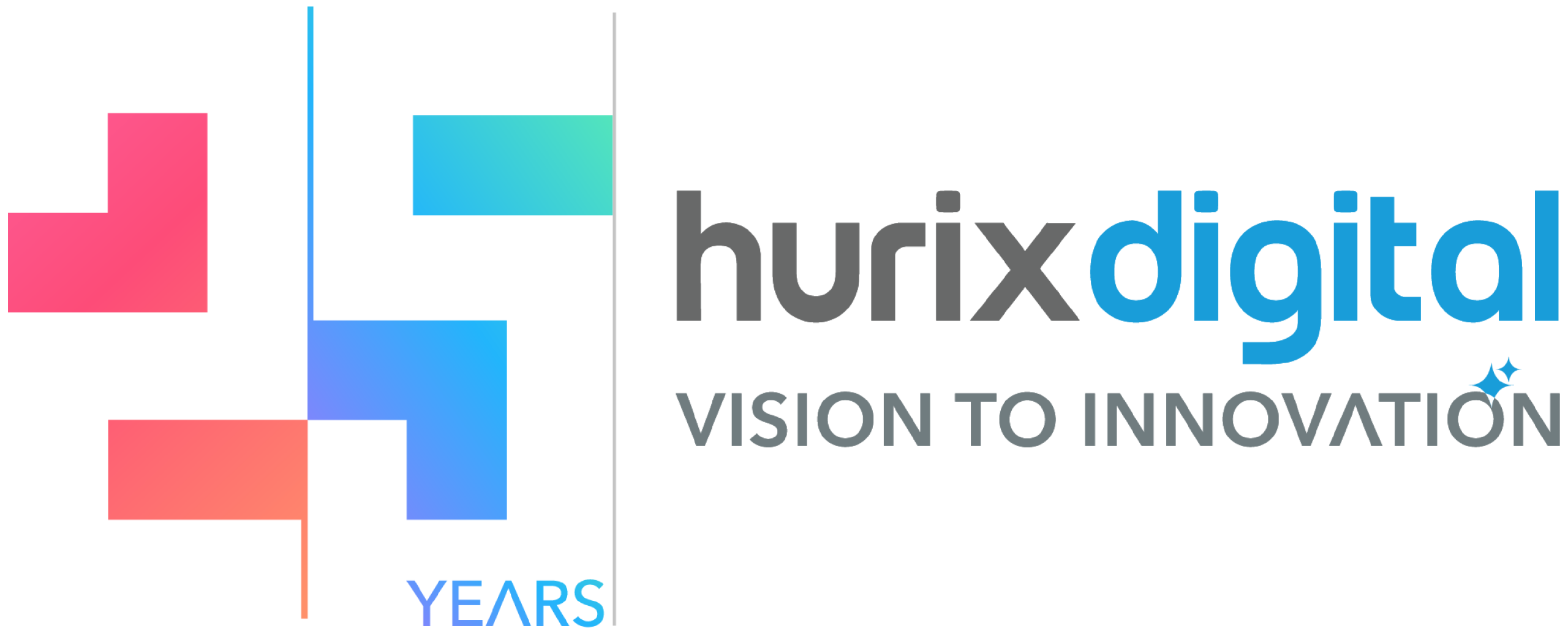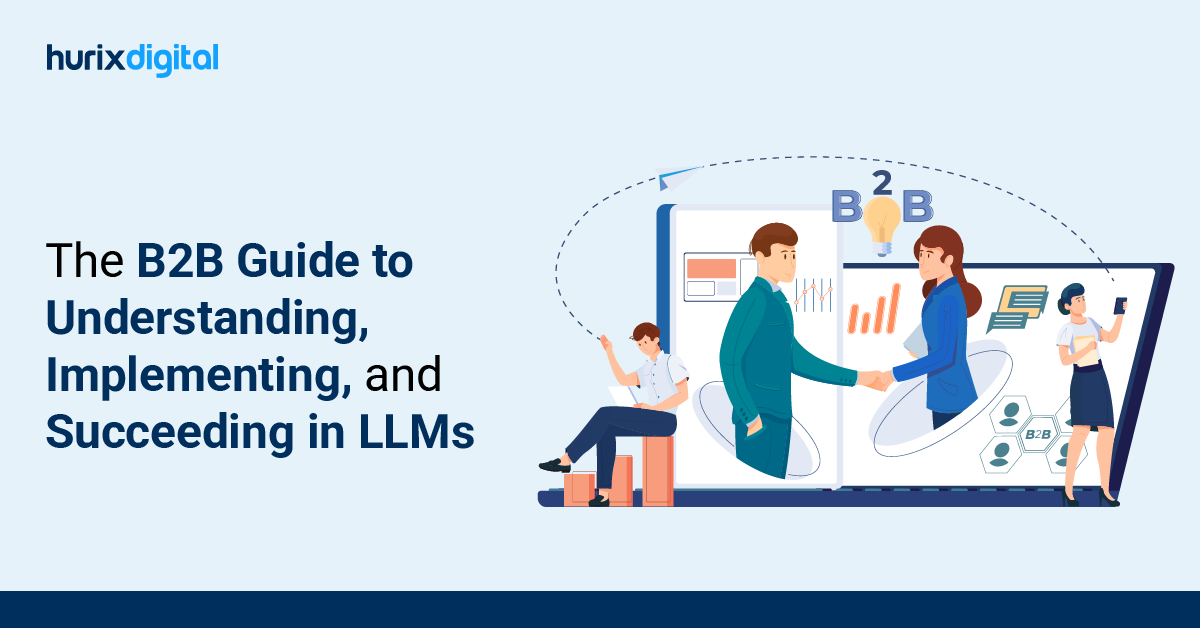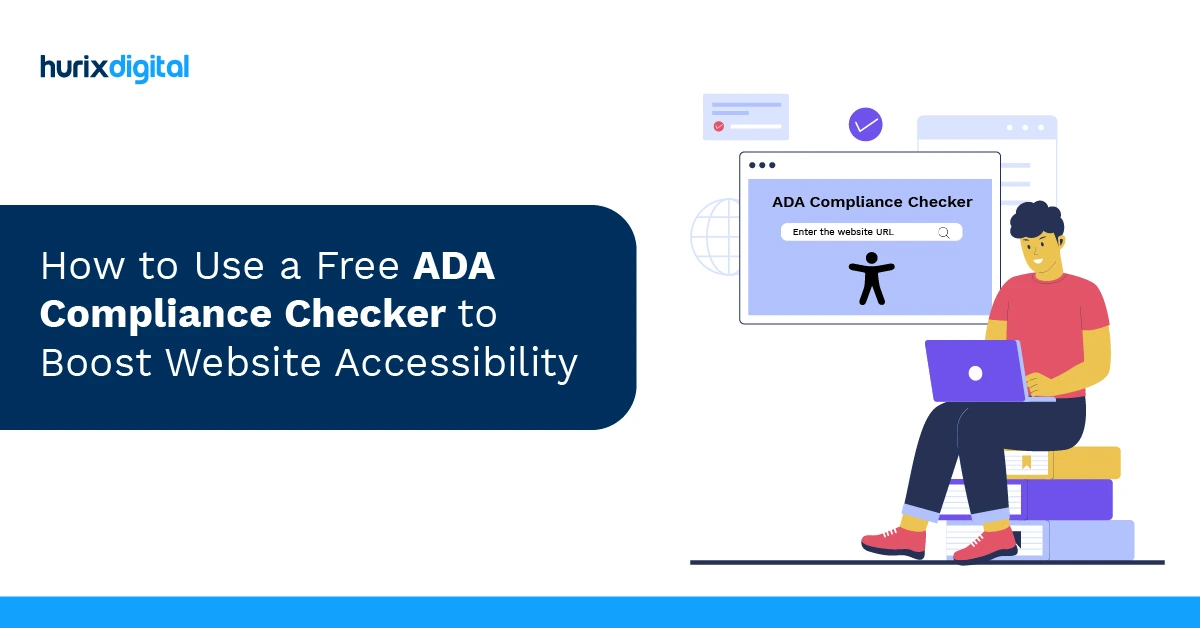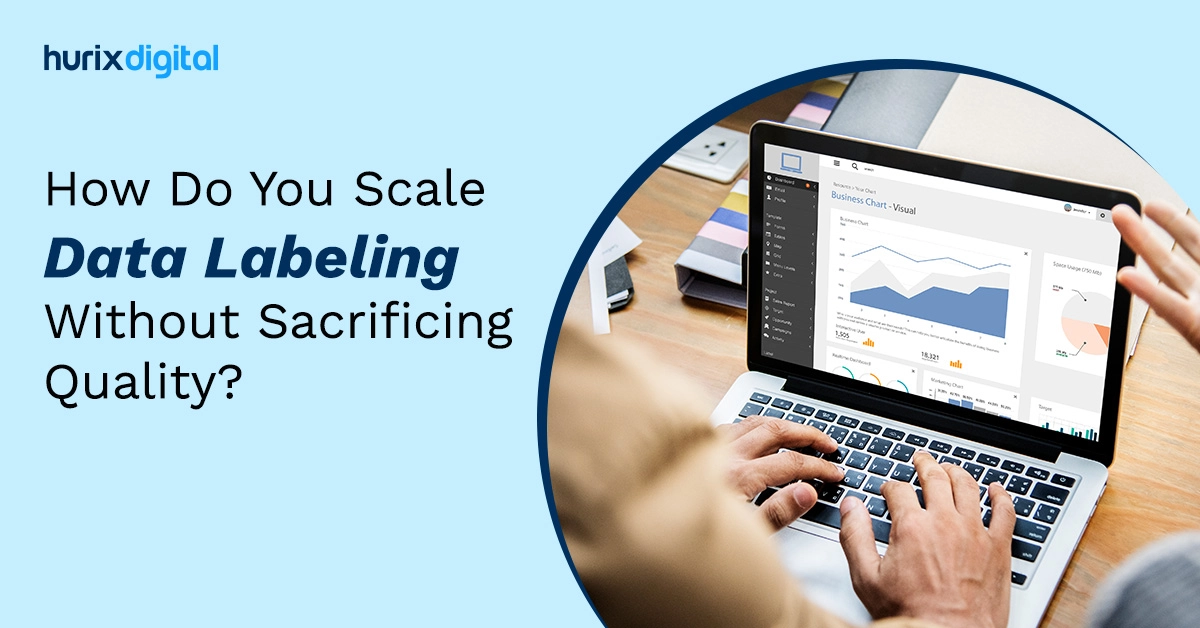
How Do You Scale Data Labeling Without Sacrificing Quality?
Summarize with:
For anyone truly building AI, the data labeling story often starts with an innocent underestimation. It’s rarely seen as the critical, complex core it actually is. The true cost of poor data labeling quality often exceeds initial budgets, derailing progress, sometimes fatally, for AI leaders who have navigated model deployment.
This complexity naturally leads to more profound questions. Which data labeling platforms genuinely serve enterprise needs, beyond the sales pitch? How does one choose an ideal data labeling partner or internal team when the stakes are so high? Then there’s the concern about critical data privacy risks in labeling, as well as the ongoing, challenging work to combat data labeling bias for fair AI models. Data labeling ROI measurement feels as much an art as a science, and understanding when human-in-the-loop is essential, not just an add-on, remains a controversial topic. And now, with the arrival of generative AI, we’re left to ponder how it will transform the future of data labeling, adding another layer of uncertainty to an already complex pipeline. Optimizing all of this with sound MLOps strategies is no small feat.
Table of Contents:
- What’s the True Cost of Poor Data Labeling Quality?
- How Do We Scale Data Labeling While Maintaining Quality?
- Which Data Labeling Platforms Best Suit Enterprise Needs?
- How to Choose the Ideal Data Labeling Partner or Team?
- What Are the Critical Data Privacy Risks in Labeling?
- How Do We Measure ROI for Massive Data Labeling Efforts?
- When Is Human-in-the-Loop Essential for Data Labeling?
- How to Combat Data Labeling Bias for Fair AI Models?
- What MLOps Strategies Optimize Our Data Labeling Pipeline?
- How Will Generative AI Transform the Future of Data Labeling?
- The Bottom Line
What’s the True Cost of Poor Data Labeling Quality?
It is often reported that data labeling costs thousands of dollars and hours to get those images, texts, or audio clips annotated. But what is the true cost of poor data labeling quality? That’s a far more insidious beast, lurking in the shadows, quietly eroding budgets and trust.
Consider the engineer. They spend weeks, maybe months, meticulously crafting a sophisticated machine learning model. They pour their expertise into architecture design, hyperparameter tuning, the whole nine yards. Then, they feed it data riddled with misclassifications, inconsistent boundaries, or outright errors. The model trains. It learns from these mistakes. It becomes a flawed reflection of reality. This represents a foundational crack rather than a small bug.
What happens next? The model underperforms in testing, or worse, in real-world deployment. Perhaps it struggles to identify a critical medical condition, resulting in delayed diagnoses. It may misinterpret customer queries, frustrating users and driving them away. Alternatively, it may incorrectly categorize products, resulting in lost sales for the business. The team then spends valuable time, not on innovation, but on painstaking debugging. They’re chasing ghosts, trying to fix a model that was poisoned at the source. In addition to wasted computing resources, highly skilled human potential is also wasted. You can feel the anger. Many engineers lose sleep trying to fix algorithms, only to discover that the problem was a simple yet widespread data error. It feels like putting up a big, beautiful house on a weak foundation.
How Do We Scale Data Labeling While Maintaining Quality?
Scaling data labeling can feel like attempting to plate-spin while balancing on a tightrope. A reasonable budget, more labeled data, faster delivery, and perfect accuracy are all things that every organization wants. The traditional approach of throwing more people at the problem quickly hits diminishing returns.
Smart organizations adopt a tiered labeling strategy. Simple tasks like basic image classification go to larger pools of crowd workers. Complex medical image annotations require certified professionals. Multi-stage workflows catch errors before they propagate through the dataset.
Technology amplifies human effort. Pre-labeling with machine learning (ML) models gives human annotators a head start. Instead of drawing bounding boxes from scratch, they adjust and verify AI-generated suggestions. This hybrid approach can triple labeling speed while maintaining accuracy above 95%.
Clear guidelines prevent confusion at scale. Labeling instructions should be specific, measurable, and accompanied by clear examples. Ambiguous rules create inconsistent labels. Micro-tasking breaks complex labeling into manageable chunks. Instead of asking one person to mark up a whole medical scan, break it up into sections. Different specialists can focus on their areas of expertise. This specialization enables faster and more accurate results.
Which Data Labeling Platforms Best Suit Enterprise Needs?
Choosing the best data labeling platform for business use comes down to matching features with the problems you have. Businesses have to deal with a lot of data, tight security, and the need to connect different systems, so not every tool works out as intended.
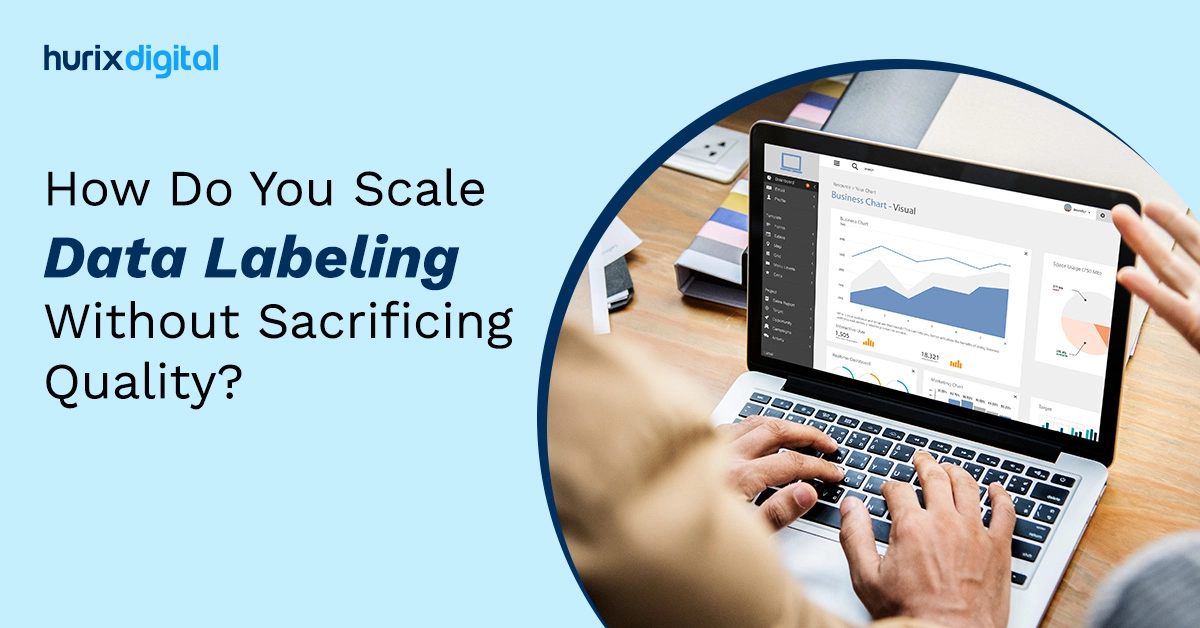
With the AI landscape shifting fast, several platforms have risen to meet those enterprise demands, blending human oversight with smarter automation. We have pulled together thoughts on four standout ones based on their current offerings.
1. Labelbox
Labelbox stands out for its flexibility. The tool can handle various types of data, including images, text, and video, and utilizes active learning to reduce the time required for labeling. For educational institutions that develop vision-based tools, such as analyzing videos of classrooms, their collaborative interface allows teams to change guidelines in real-time. But it’s not perfect; pricing can escalate with custom needs, and setup requires some tech savvy.
2. Scale AI
Scale AI offers robust scalability, leveraging a vast network of labelers. It’s great for enterprises needing quick turnaround on huge datasets, say for training models on diverse student handwriting samples. Their quality controls, including redundancy checks, help maintain accuracy. The downside is that the whole process can seem a bit robotic, leaving you with fewer hands-on choices about who labels the data.
3. Appen
Appen focuses on human expertise, ideal for nuanced tasks like sentiment analysis in educational feedback. Enterprises appreciate their domain-specific pools of annotators, which reduces errors in specialized fields. Integration with MLOps tools is smooth, but costs might pinch for ongoing projects.
4. Snorkel
For open-source fans, Snorkel shines with its programmatic labeling, using weak supervision to generate labels at scale. Enterprises with in-house data scientists may find it cost-effective, but it requires coding skills, which is not ideal if your team is more operational.
No platform is a silver bullet. Some enterprises use one for initial labeling and another for quality assurance. Enterprises should weigh long-term fit. Does it support custom workflows? Handle edge cases well? Platforms evolving with generative AI features, like auto-suggestions, promise future-proofing. But hype aside, ground your choice in trials and peer reviews. This way, you build a foundation that supports growth without constant overhauls.
How to Choose the Ideal Data Labeling Partner or Team?
Choosing a labeling partner is a lot like dating. In the beginning, everyone is enthusiastic and on the same page. But the real fit shows up when the work kicks in. The pressure is real. Your labeling team can make or break how well your model performs, how fast you hit deadlines, and whether your whole AI project ends in a win or a loss.
Domain expertise trumps general labeling experience. A partner who’s labeled millions of generic images might struggle with specialized medical imaging or financial documents. Ask potential partners about similar projects they’ve completed. Request sample outputs. Check if their labelers understand the nuances of your specific domain.
Communication infrastructure reveals operational maturity. How do they handle questions from labelers? What’s their escalation process for edge cases? Strong partners provide dedicated project managers who speak both technical and business languages. They proactively flag issues rather than waiting for you to discover problems in the labeled data.
Quality assurance processes separate professional operations from amateur hour. Look beyond marketing speak about “rigorous quality control.” Ask for specific metrics, sampling methodologies, and correction workflows. Request their quality documentation from previous projects. If they can’t provide detailed quality reports, move on.
Cultural fit matters more than most organizations expect. Time zone differences create communication delays. Language barriers lead to misunderstood requirements. Different work cultures have varying approaches to deadlines and quality standards. A partner who technically delivers correct labels but requires constant oversight might cost more in management time than they save in labeling costs.
Geographic distribution affects both risk and opportunity. Your labeling pipeline can be halted by natural disasters, political instability, or health crises if your partners are located in one location. However, distributed teams across multiple time zones can provide follow-the-sun labeling for faster turnaround.
What Are the Critical Data Privacy Risks in Labeling?
Data labeling creates a privacy paradox. To build AI systems that serve users better, organizations must expose sensitive data to human labelers. This necessary evil opens multiple vectors for privacy breaches, regulatory violations, and reputational damage.
Personal information leaks through seemingly innocent channels. Labelers working on customer support transcripts see names, account numbers, and personal problems. Image annotators view photos containing faces, license plates, and private documents. Even with redaction policies, sensitive information slips through.
Cross-border data flows trigger regulatory landmines. GDPR restricts moving European data outside the EU. China’s data localization laws trap data within its borders. Sector-specific regulations add more constraints. Healthcare data can’t leave certain jurisdictions. Financial data requires specific handling procedures. One of our clients spent millions untangling a mess created when their earlier labeling partner moved data between countries without proper safeguards.
Access control often relies on trust rather than technology. Many labeling operations use shared accounts, making individual accountability impossible. Screenshots and phone cameras bypass technical controls. The trend of work from home (WFH) introduces new risks, such as shared computers, unsecured networks, and a lack of physical security.
How Do We Measure ROI for Massive Data Labeling Efforts?
Measuring data labeling return on investment (ROI) resembles evaluating a gym membership. The immediate costs are clear, but the benefits are distributed across multiple areas and timeframes. Too many organizations track labeling expenses meticulously while hand-waving about returns.
Model performance metrics are good to begin with. Track how accuracy, precision, and recall improve with additional labeled data. Plot these improvements against labeling costs to find the point of diminishing returns. Next comes business impact metrics. How much revenue did better product recommendations generate? What costs did improved defect detection avoid? How many customer service tickets did better intent classification prevent? Connect labeling investments to business outcomes, not just model metrics.
Opportunity costs hide in slow labeling processes. While your team waits months for labeled data, competitors launch products. Calculate the revenue lost to delays. Factor in the cost of data scientists sitting idle or working on suboptimal projects while waiting for training data. Quality multipliers compound returns. A high-quality label improves more than just initial model performance; it also reduces debugging time, decreases the need for retraining, and speeds up future iterations.
Risk mitigation provides invisible ROI. Proper labeling helps avoid biased models, regulatory fines, and reputation damage. The investment that prevents a discrimination lawsuit or regulatory shutdown pays for itself many times over, even if you never see the crisis that didn’t happen.
When Is Human-in-the-Loop Essential for Data Labeling?
The promise of fully automated labeling tantalizes every data team. Just point AI at your raw data and watch perfect labels appear! Reality proves messier. In certain scenarios, humans are required to use judgment, creativity, and contextual understanding, which robots cannot do.
Subjective interpretation tasks require human nuance. Sentiment analysis goes beyond positive and negative. Human emotions also involve sarcasm, cultural references, and subtle emotional shades. A customer saying “Great, another delayed shipment” expresses frustration, not satisfaction. Automated systems miss these inversions. Content moderation involves community standards that shift with context. A medical diagram differs from inappropriate content, but basic image classifiers often fail to make that distinction.
Edge cases break automated systems. We humans excel at handling the unexpected, such as blurry images, partial occlusions, and novel objects. When a self-driving car’s training data lacks images of horses on highways, human annotators can still recognize and properly label these unusual scenarios. Automated systems either fail or produce confident but wrong labels.
You need to have ‘people’ to take those high-stakes decisions. Automated labeling cannot be fully trusted for medical diagnosis, legal document analysis, and safety-critical systems use. Human labeling expenses pale in comparison to the costs incurred due to errors, such as missed tumors, omitted contract clauses, and unidentified hazards.
Continuous improvement depends on human feedback. Humans identify where automated labeling fails, suggest new categories, and refine ambiguous guidelines. This feedback loop helps automated systems improve over time. Without human input, automated labeling plateaus at its initial capability level.
How to Combat Data Labeling Bias for Fair AI Models?
Combating bias in data labeling begins with awareness that it can sneak in through human tendencies and data sources, potentially creating unfair AI, such as tools that disadvantage certain demographics.
Diverse labeling teams help: Recruit from varied backgrounds to counter individual biases. This ensures balanced perspectives for labeling student interactions. Have clear, bias-aware guidelines that include examples of common pitfalls, like gender assumptions in text.
Multi-stakeholder review brings different perspectives. Include domain experts, ethicists, and affected communities in reviewing labeling guidelines and sample outputs. External perspectives often spot biases that internal teams normalize.
What MLOps Strategies Optimize Our Data Labeling Pipeline?
The first thing that comes to mind when we talk about MLOps and data labeling is often the sheer volume of it all. It’s funny, everyone jumps to model deployment, scaling, and fancy infrastructure. But the elephant in the room, that foundational gnawing problem, is almost always getting good, clean labels at a reasonable cost. You can have the slickest MLOps setup, but if your data going in is garbage, well, garbage out.
One strategy that consistently pays dividends, especially when your labeling budget isn’t uncontrained, is active learning. People toss the term around, but in practice, it’s about strategic laziness. Instead of throwing every raw piece of data at a human annotator, we let a preliminary model, even a poorly performing one, identify the examples it’s most uncertain about. Think of it like a student asking the hardest questions first. You train a tiny model, perhaps just a simple logistic regression, on a small, initially hand-labeled batch. Then, that model scores new, unlabeled data based on its confidence. The examples it’s least confident about? Those are gold. Those are the ones you send to your human labelers.
Now, it’s not a magic bullet. Sometimes, the model’s uncertainty is just plain wrong. Other times, it fixates on trivial edge cases that don’t help much. You absolutely need human oversight, an experienced editor, to refine those active learning batches. MLOps steps in by putting this whole process on autopilot: your model trains, spots the tricky data, zips it to the labeling queue, the tagged data returns, the model retrains, and on it goes. Think of it as a never-ending feedback loop. Each spin makes the model smarter and the labeling process faster.
How Will Generative AI Transform the Future of Data Labeling?
Think about how data labeling has been traditionally done. It’s been… a grind. Often, incredibly tedious. Hours spent drawing bounding boxes around cars, transcribing audio, and identifying specific defects. It’s crucial work, no doubt, but repetitive to a fault. Your eyes glaze over.
Now, imagine a different picture. Generative AI is shifting the gears here. One immediate impact is pre-labeling. An automated model can automatically outline the majority of cars, pedestrians, and traffic signs from a raw image rather than starting from scratch. The human job then becomes quality control, finessing the boundaries, catching the occasional error. This becomes an editing task rather than creating something from scratch. This in itself cuts down hours, weeks from a project. Anyone who’s managed a large labeling team knows the sheer relief that brings.
The biggest transformation, though, is the elevated role of the human. No longer just a diligent pointer-and-clicker. They become the sophisticated annotator, the quality auditor, even the prompt engineer guiding the generative models to produce better pre-labels or more diverse synthetic data. It’s a move from rote labor to a more analytical, more critical function. People are freed up to concentrate on the subtleties, the ambiguities, the decisions that can only be made by humans.
The Bottom Line
Data labeling becomes the make-or-break foundation that can sink your best efforts or lift them to success. This goes way beyond just another step in the AI process. In this blog, we discussed the hidden costs, scaling headaches, partner picks, privacy pitfalls, ROI puzzles, human oversight needs, bias battles, MLOps tricks, and the generative AI shake-up. It’s all about smart choices, steady quality checks, and adapting along the way. If you get this right, your models don’t just work; they deliver real value, like sharper educational tools that really understand student needs.
That’s where Hurix Digital steps in. We’ve helped teams build fair, efficient pipelines that scale without the drama. Ready to make your data labeling a competitive edge? Let’s connect to discuss getting your AI on solid ground.
Summarize with:

Vice President & SBU Head –
Delivery at Hurix Technology, based in Mumbai. With extensive experience leading delivery and technology teams, he excels at scaling operations, optimizing workflows, and ensuring top-tier service quality. Ravi drives cross-functional collaboration to deliver robust digital learning solutions and client satisfaction
 A Space for Thoughtful
A Space for Thoughtful 